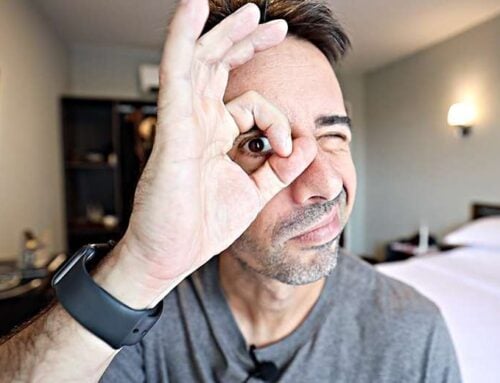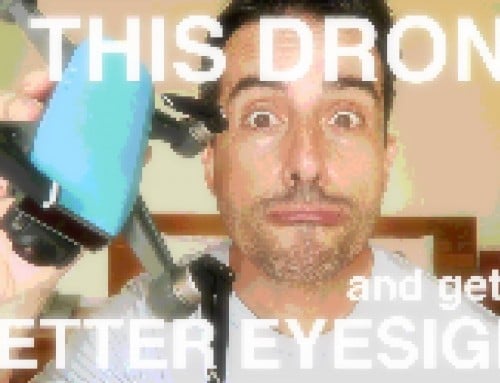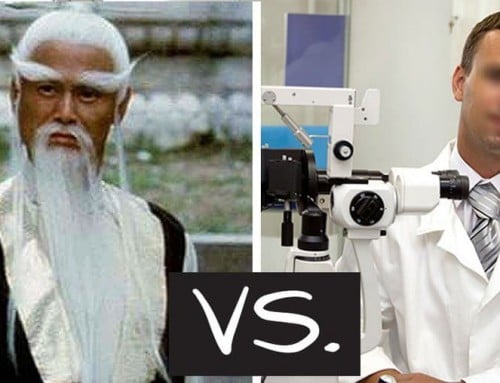Written By Despina
Contributing Optometrist
The idea that excessive close-work is the main culprit for the boom in myopia over the past few decades is not actually a new one.
Over 400 years ago, the German mathematician and scientist, Johannes Kepler, blamed his own short-sight on his excessive hours of study. Imagine that. 400 years ago. Since Kepler’s fundamental works were in the field of optics and the invention of a telescope, it is no surprise that he knew what he was talking about.
The idea took root back then, and by the early 19th century ophthalmologists were recommending that pupils used head-rests to prevent them from going too close to their books.
But then, the gene theory took over, and for many vital years, scientific consensus held that myopia was mainly due to genes and heredity. Nature over nurture, was the mentality.
Gradually though, researchers began to notice the strong association between level of education and the prevalence of myopia, particularly in East Asian countries, where the high value placed on education means children do little other than study most of their waking hours. These children are not getting enough outdoor time, and recent experiments are showing that adding outdoor time to the primary school curriculum can significantly reduce the incidence of myopia. In fact, scientists have come up with the idea of teaching Asian children in glass-walled classrooms!
Of course, some researchers still think there is not enough evidence to prove a significant correlation between myopia an near vision.
In 1904, Henry Edward Juler, a renowned British eye surgeon, offered advice that we would value today. He said that “when the myopia becomes stationary, a change of air-a sea voyage perhaps-should be prescribed.” Over a hundred years later, we are going back to what our forefathers were intuitively thinking.


















